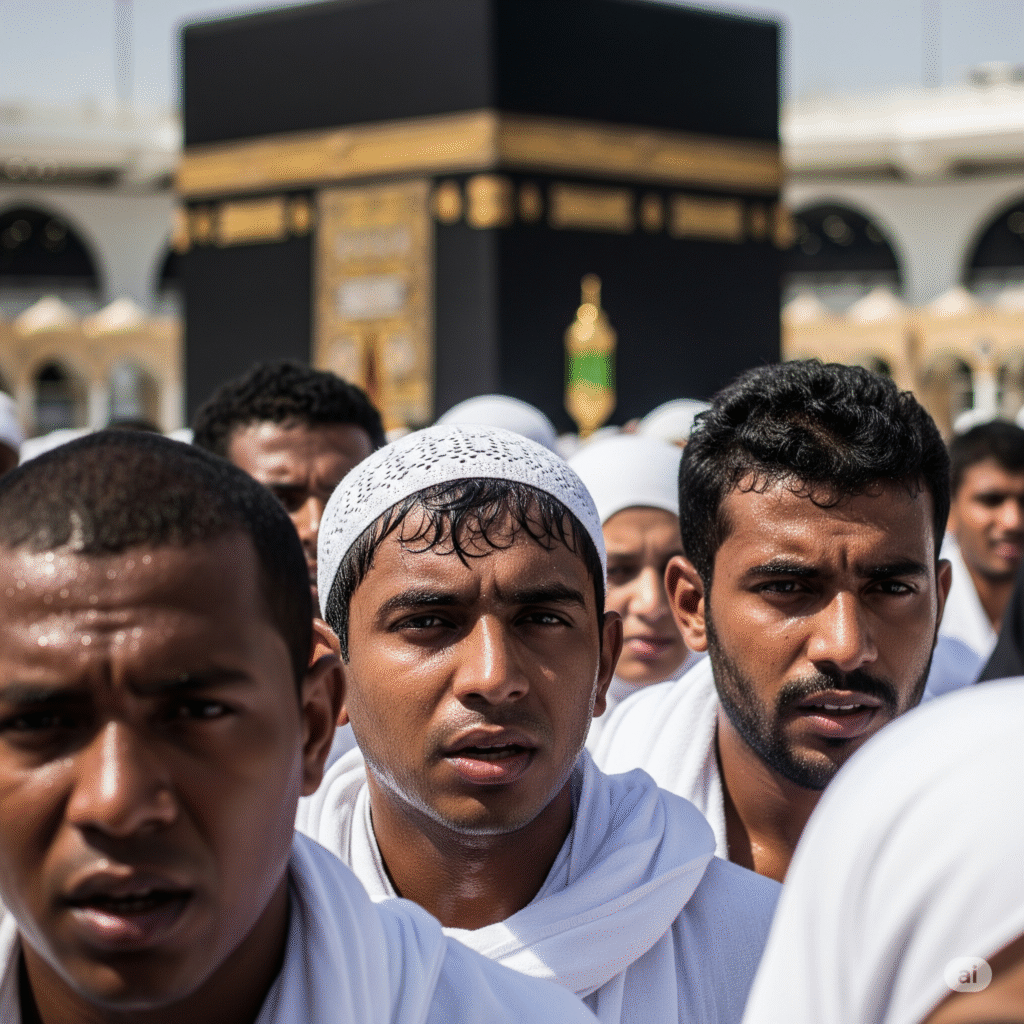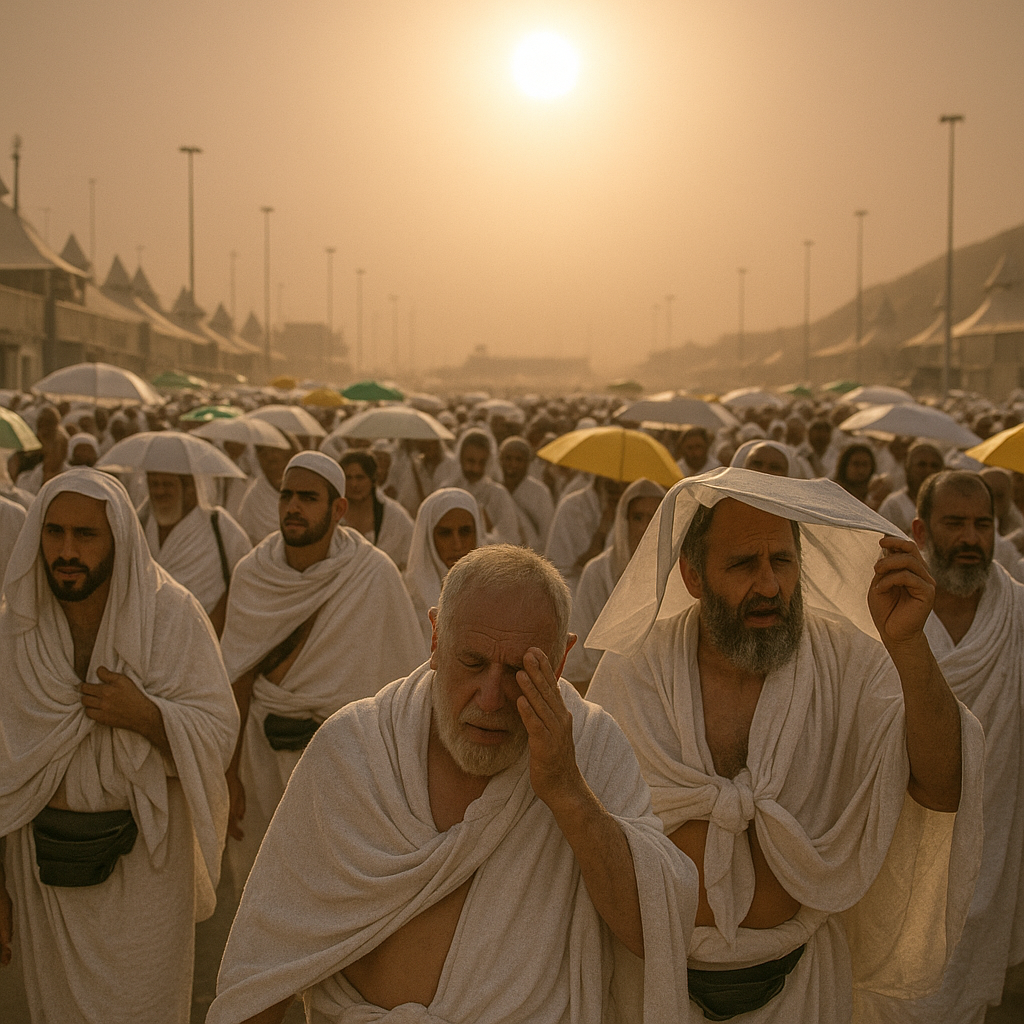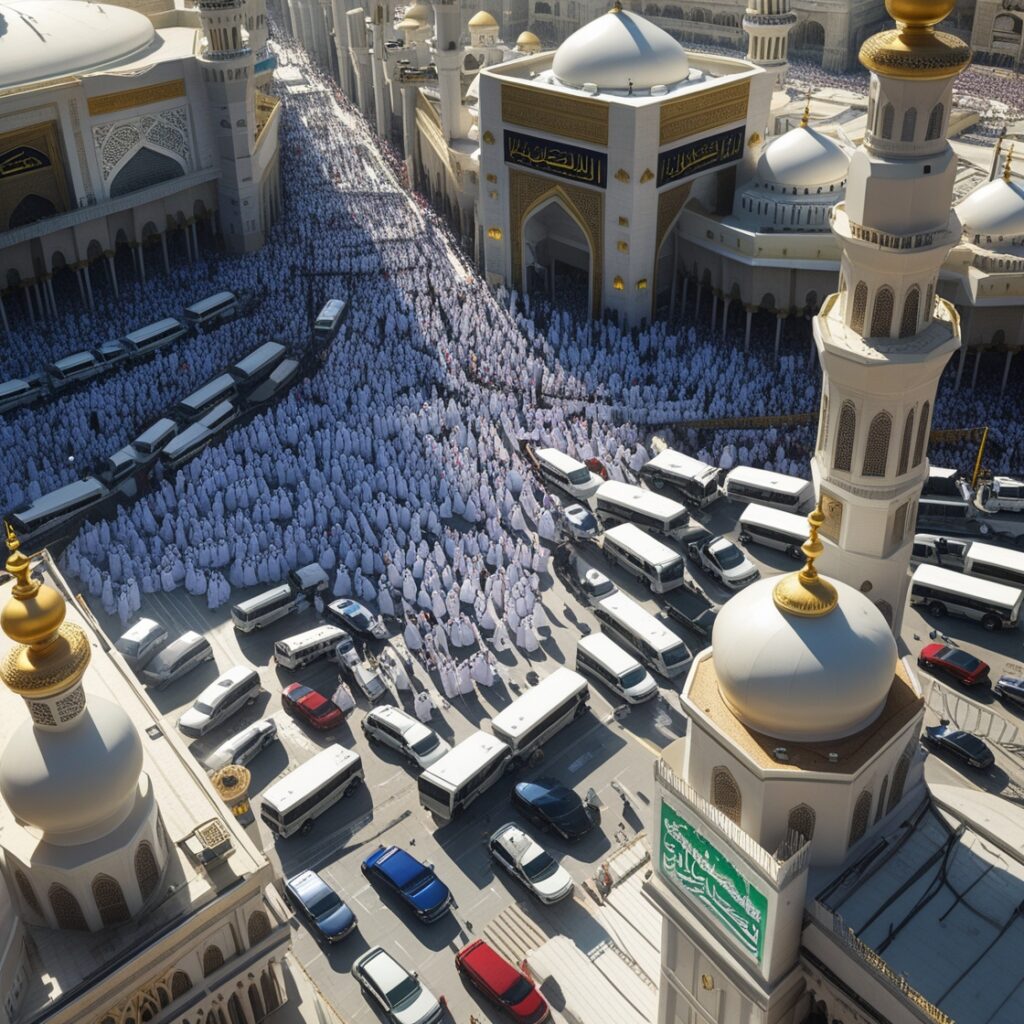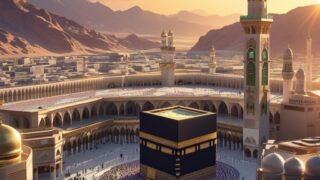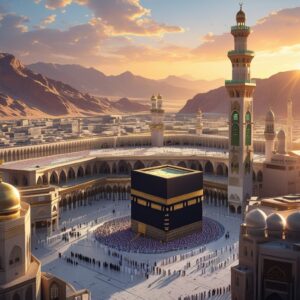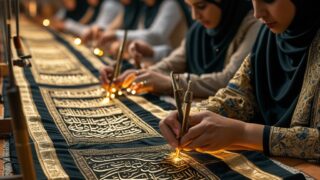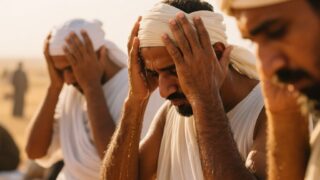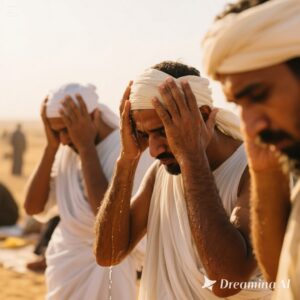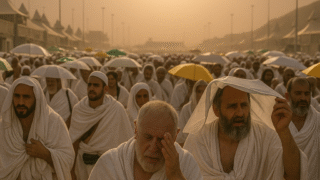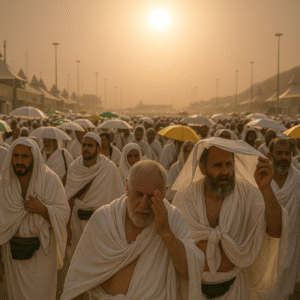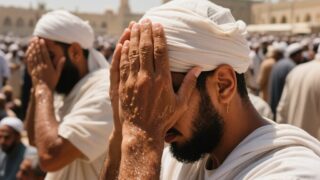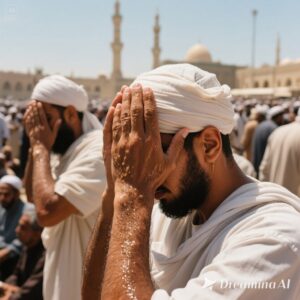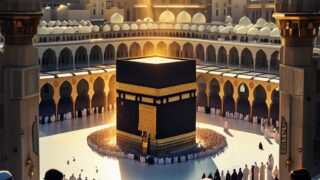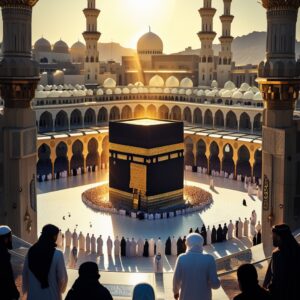Makkah Unveiled: Your Spiritual Journey Beyond Hajj and Umrah
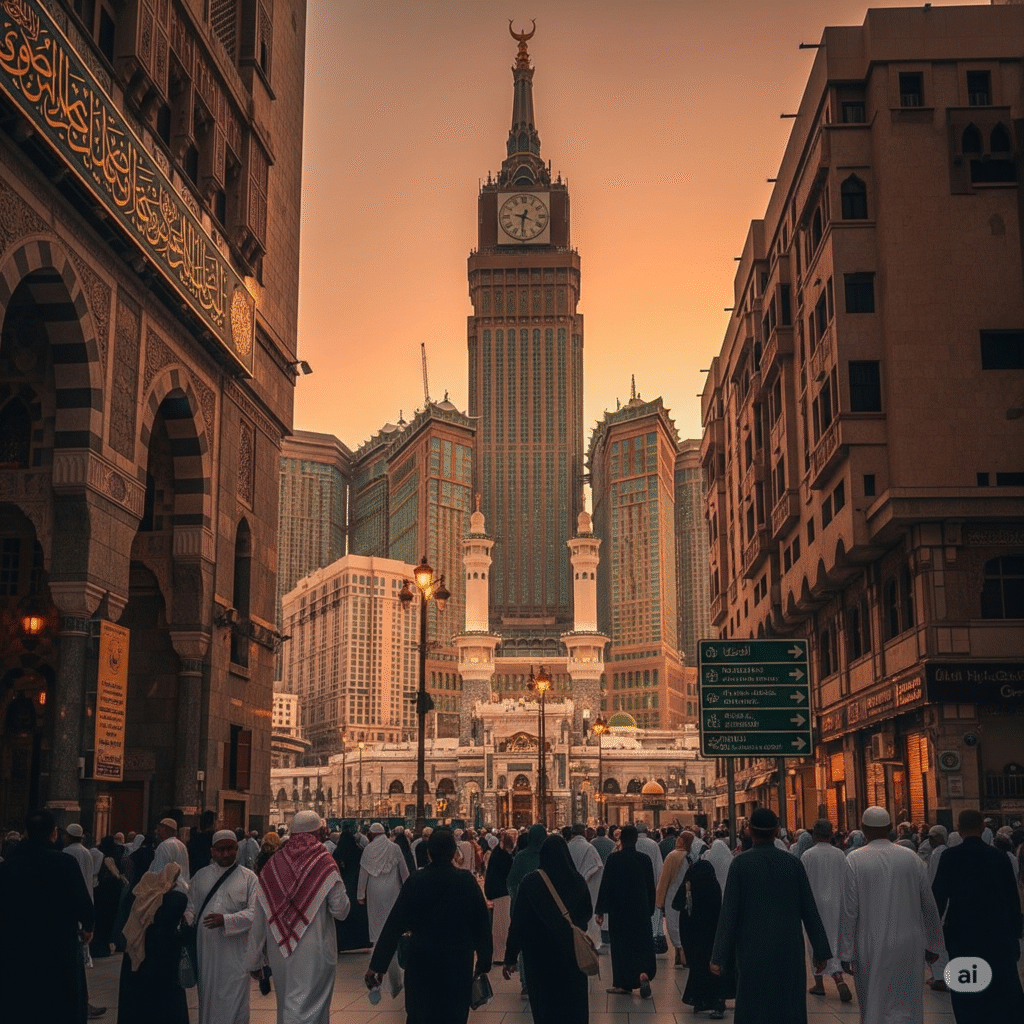
For millions across the globe, the city of **Makkah** resonates as the spiritual heart of Islam, the focal point of prayer, and the destination for the sacred Hajj and Umrah pilgrimages. Yet, the allure of this blessed land extends far beyond these ritualistic journeys. Makkah is, in essence, a **chosen city of Allah**, a unique sanctuary offering a profound **spiritual journey for non-Hajj visitors** and those seeking a deeper connection with their faith, history, and the very essence of Islam. It’s a place where every step can be an act of worship, and every moment filled with profound reflection.
Makkah: A Divine Sanctuary and Land of Blessings
The significance of Makkah is rooted in its unparalleled spiritual status. It is the site of the Holy Kaaba, the first house of worship built for mankind, and the direction (Qibla) towards which Muslims pray five times a day. Visiting Makkah, even outside of pilgrimage seasons, allows one to bask in the unique **barakah of Makkah** – a divine blessing and spiritual tranquility that permeates the entire city. It’s an opportunity to pray within the hallowed grounds of Masjid al-Haram, feeling the collective devotion of millions, and to simply exist in a space that has been revered for millennia. For many, this unique **Makkah spiritual atmosphere** offers an unparalleled sense of peace and closeness to the Divine.
Tracing the Footsteps of Prophets: Makkah’s Rich History
A **Makkah spiritual journey for non-Hajj visitors** is incomplete without exploring its incredible historical tapestry. The city is not just a place of worship; it’s a living museum of Islamic history, where every corner seems to whisper tales of prophets and early Muslims. Visitors can trace the footsteps of Prophet Muhammad (peace be upon him) and other prophets, gaining a tangible understanding of Islam’s origins:
- Mount Hira (Jabal al-Nour): Ascend this mountain to reach the Cave of Hira, where Prophet Muhammad received the first revelations of the Holy Qur’an. It’s a challenging climb, but the view and the historical significance offer immense spiritual rewards.
- Mount Thawr (Jabal Thawr): Visit the cave where Prophet Muhammad and Abu Bakr (RA) took refuge during their migration to Madinah. This site embodies lessons of trust and divine protection.
- Zamzam Well: Discover the miraculous well that sprang forth under the feet of Prophet Ismail (AS). Drinking from its blessed waters is a highlight, offering both physical and spiritual nourishment.
- Jannat al-Mu’alla Cemetery: Pay respects at this historic cemetery, resting place of many companions of the Prophet, including his blessed mother, Khadijah (RA).
These sites allow a visitor to connect deeply with the sacrifices, struggles, and triumphs that shaped Islamic history, enriching their **Makkah spiritual growth**.
Beyond Rituals: Experiencing Makkah’s Unique Serenity
Even without performing the specific rites of Hajj or Umrah, Makkah offers an **unique Makkah experience** centered on introspection and devotion. Visitors can spend time in prayer, recite the Qur’an, perform optional Tawaf (circumambulation) around the Kaaba, and engage in personal supplication (dua). The sheer presence of devoted Muslims from all walks of life fosters a powerful sense of unity and brotherhood (Ukhuwah Islamiyah).
Beyond the spiritual landmarks, the modern **Makkah development**, including the iconic Abraj Al-Bait Towers (Makkah Clock Tower), stands as a testament to the city’s ongoing evolution while preserving its sacred core. Exploring its vibrant markets, interacting with locals, and simply soaking in the atmosphere provides a holistic experience of this dynamic **holy city of Makkah**.
Your Invitation to the Blessed Land
Makkah truly is a special destination, a **blessed land of Islam** that beckons not only pilgrims but every soul yearning for a deeper spiritual connection. It’s a place to refresh one’s faith, seek solace, and witness the enduring legacy of Islam. Whether for contemplation, historical exploration, or simply to experience the profound tranquility of God’s chosen sanctuary, a **Makkah spiritual journey for non-Hajj visitors** offers an unforgettable and life-altering experience. The door to this sacred city is always open, inviting you to discover its unveiled beauty and blessings.
References and Further Reading
To further your understanding of Makkah’s significance and rich history, please explore the following resources:
- Official Ministry of Hajj and Umrah, Saudi Arabia: For official guidelines and information regarding visits to the Holy Cities. (Note: Link to their official website or relevant sections.)
- Saudi Tourism Authority (STA): For general travel information and insights into exploring various regions in Saudi Arabia, including Makkah. (Note: Link to their official website or Makkah-specific pages.)
- Islamic History and Geography Books: Reputable academic sources detailing the history of Makkah and early Islam. (Note: You could list specific book titles or general scholarly resources here if you wish.)
- Hajj 2025 Tragedy: Understanding the Impact of Extreme Heat on Pilgrims: Read our recent article on the challenges faced during the Hajj season and efforts for pilgrim safety. (Ini adalah contoh link internal ke artikel Anda yang sebelumnya)
- Understanding the Spiritual Journey of Hajj and Umrah: For those interested in the ritual aspects of pilgrimage, delve into this comprehensive guide. (Ganti dengan link dan judul artikel internal Anda yang relevan lainnya)
